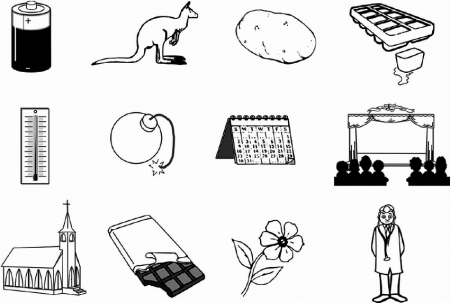Transcranial Direct Current Stimulation Improved Picture-Naming in People with Dementia
In a study of 12 people with mild Alzheimer’s disease or frontotemporal dementia, transcranial direct current stimulation (tDCS) improved the participants’ abilities to name an object in a picture more than did a sham stimulation. TDCS is a treatment in which an anode and a cathode electrode placed on the skull are used to deliver a steady low level of electrical current to the brain. There is currently no treatment available to specifically target symptoms of dementia such as forgetting words.
The research by Howard Chertkow and colleagues was presented at the 2017 meeting of the American Academy of Neurology. In the study, participants received either 30 minutes of anodal tDCS targeting the parietal lobe of the brain or a sham stimulation.
They also received training in picture-naming. The participants were evaluated before stimulation, at the final stimulation session, two weeks after stimulation, and two months after stimulation. Compared to those who received the sham stimulation, those who received real tDCS improved at picture-naming, and maintained that improvement for two months.
Those who received tDCS also performed better at naming new pictures not included in the training, and were better able to remember a string of digits than those who got the sham stimulation.


